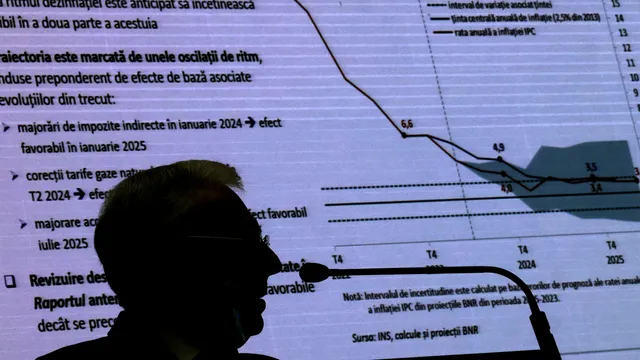Meta, TikTok, and YouTube are already betting on the automation of advertising videos and content thanks to artificial intelligence. The goal? To catch you at the right moment with a message calibrated to the second.
As with cigarettes, the best advice is not to start using TikTok, as the perfect combination of short format and comprehensive algorithm seems designed to make you addicted.
For several years now, these formats have been everywhere, including on platforms that have nothing to do with this type of content. According to an article in Vox, the invasion of short videos is far from over, and this is worrying for our poor brains.
It's hard to imagine the internet being any more saturated than it is today with vertical videos lasting a few seconds, but from now on, we'll also have to contend with those generated by artificial intelligence (AI).
Poor-quality content created specifically to attract our attention is known as slop content.
Alison Johnson, a technology journalist for The Verge magazine, claims that Google's latest AI video generation model, Veo 3, is a "dream" for slop creators, calling it "scary and amazingly sophisticated."
Soon, AI-generated ads will be everywhere on our smartphones, predicts Vox.
According to Mark Zuckerberg, Meta will fully automate their creation, developing versions with endless variations that will adapt in real time to the user and the moment they pay attention to them.
With the spread of algorithm-driven content across all our apps, it will become almost impossible to escape this type of content.
Platforms already understand the mechanics of this process well. The easier it is to produce a piece of content, the more it spreads and the greater the chance it will reach the maximum number of people. This larger audience allows for more ads to be shown, making the internet increasingly addictive and less enriching.
The quality of content, which has long been at the forefront of platforms such as YouTube, is gradually giving way to quantity. Simply put: more content = more ads.
Direct impact on our cognitive functions
This content is designed to grab our attention without us realizing it, and therefore has a real impact on our brains and well-being. On average, a user spends about 108 minutes a day on TikTok, which is more than twice as much as on Instagram.
Numerous studies show that the Chinese platform contributes to the development of stress and anxiety, especially among the youngest users.
Another worrying fact is that human attention is in free fall. While in 2004 our ability to concentrate on a single task was approximately two minutes and thirty seconds, today it is estimated at forty-seven seconds. For Professor Gloria Mark, a researcher at the University of California, this fragmentation is not insignificant: every shift of attention from one piece of content to another depletes our cognitive resources and weakens our ability to stay focused.
TikTok was created based on an algorithm originally developed by the popular news app Toutiao in China.
The app is based on an ultra-personalized recommendation system that takes into account every single user interaction: swiping rhythm, location, battery life—everything is taken into account. This activates the dopamine circuits and creates an addictive loop: anyone who has tried TikTok or Instagram Reels knows how difficult it is to tear themselves away. | BGNES
By Anaëlle Phu, analysis for the Slate portal.

 Breaking news
Breaking news
 Europe
Europe
 Bulgaria
Bulgaria







